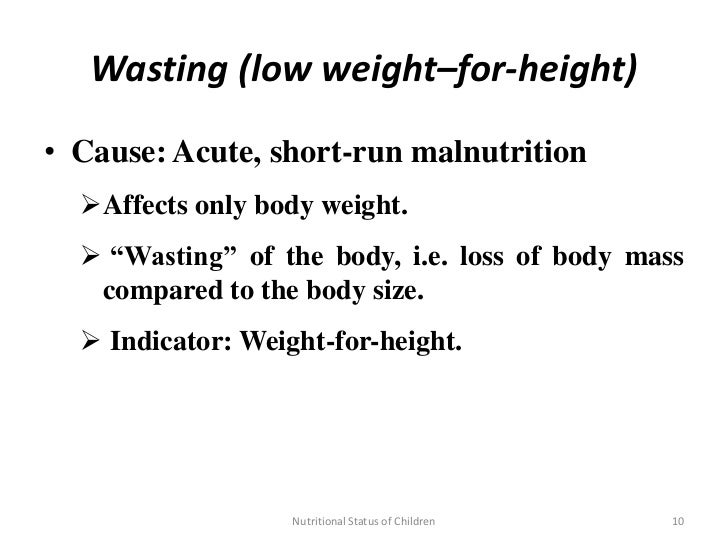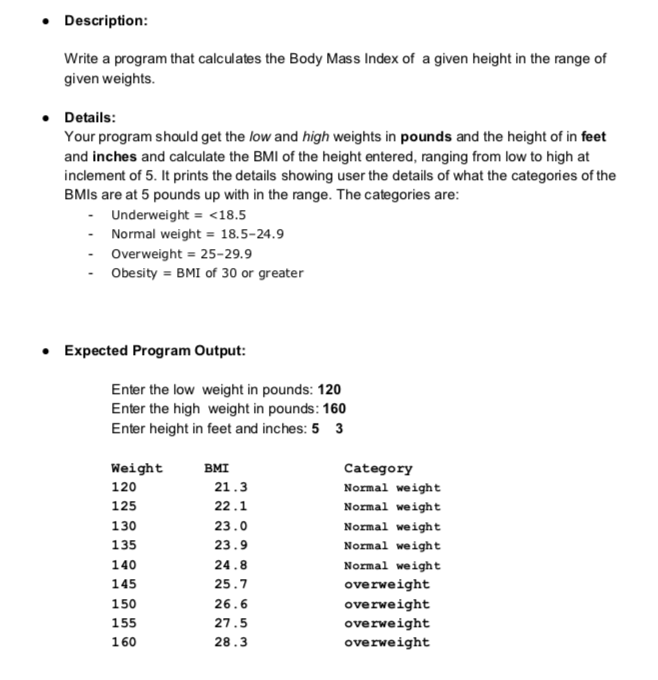119 to 142 lbs. If the answer is 05 or less the chances are that they have a healthy weight. Wasting or thinness indicates in most cases a recent and severe process of weight loss which is often associated with acute starvation andor severe disease. However wasting may also be the result of a chronic unfavourable condition. There are several ways you can determine your ideal weight. The body mass index a ratio of a persons weight to their height has traditionally been used to assess the health of a person as it pertains to weight.
It includes your height muscle fat ratio body fat distribution gender and other physiological conditions. But being underweight when your weight is lower than what is considered healthy for your height can be a sign of a serious health problem. The calculation is either weight in kilograms divided by height in meters squared or weight in pounds times 703 divided by height in inches squared. 143 to 186 lbs. 148 to 193 lbs. According to the march 2000 recommendations for preventative pediatric health care by the american academy of pediatrics a childs height and weight should be measured at least at birth age 2 4 days 1 2 4 6 9 12 15 18 and 24 months and every year thereafter through age 21.
Underweight can cause other health problems and problems getting pregnant. The most common methods are. Being underweight is associated with a range of health risks including bone skin teeth and fertility. Achieving the right number on the weighing scale involves different factors. Under the cut off point at a bmi of 185 a person is considered underweight. A woman who is 5 feet and 4 inches tall 163 cm should have a waist measurement below 32 inches 81 cm.
124 to 147 lbs. 5 97 to 127 lbs. Many different things can cause women to be underweight including eating habits health problems and medicines. 4 11 94 to 123 lbs. Body mass index weight and height waist to hip ratio whr. A person is considered to be underweight if they have a body mass index bmi of under 185.
4 10 91 to 118 lbs.

















